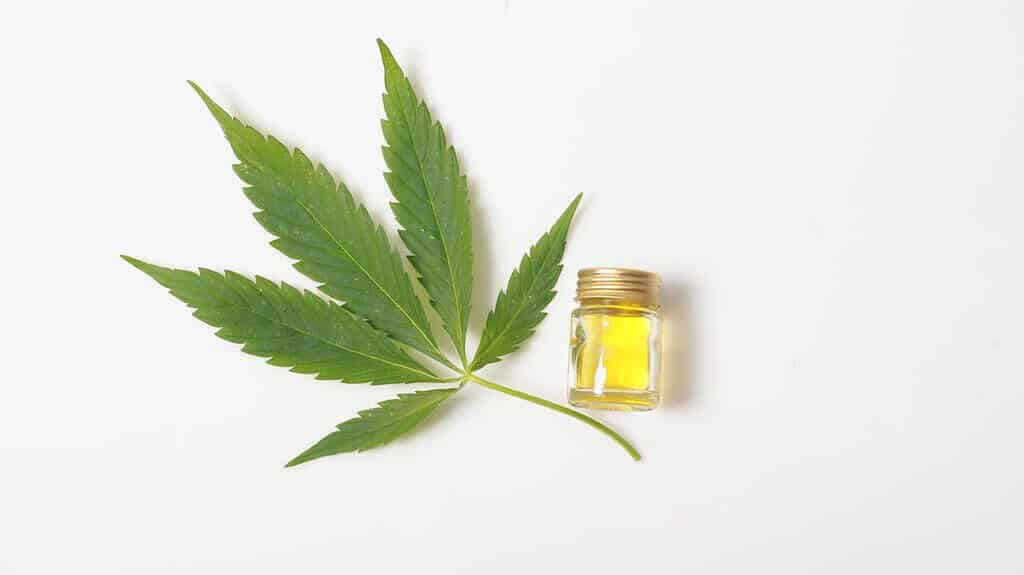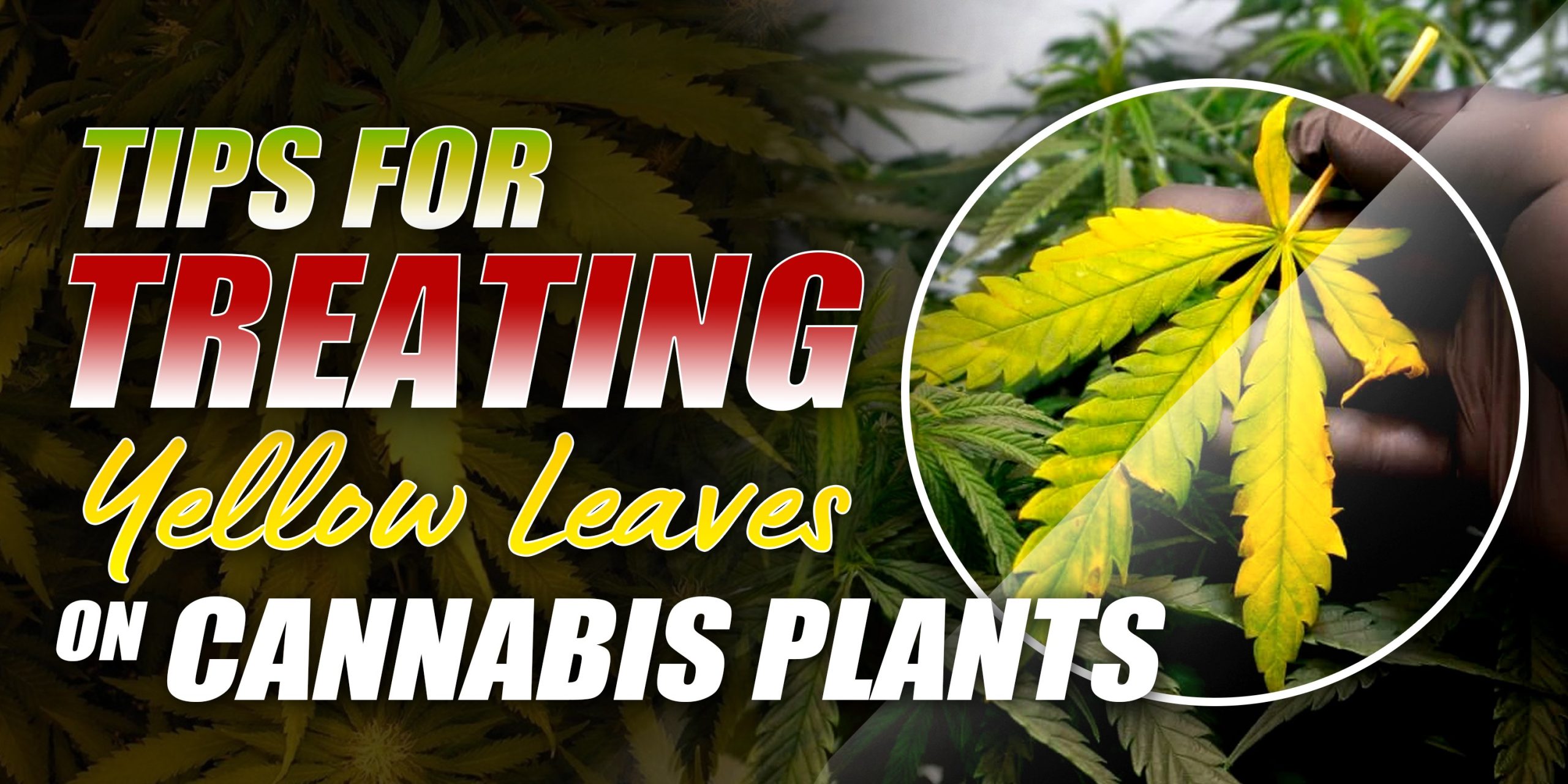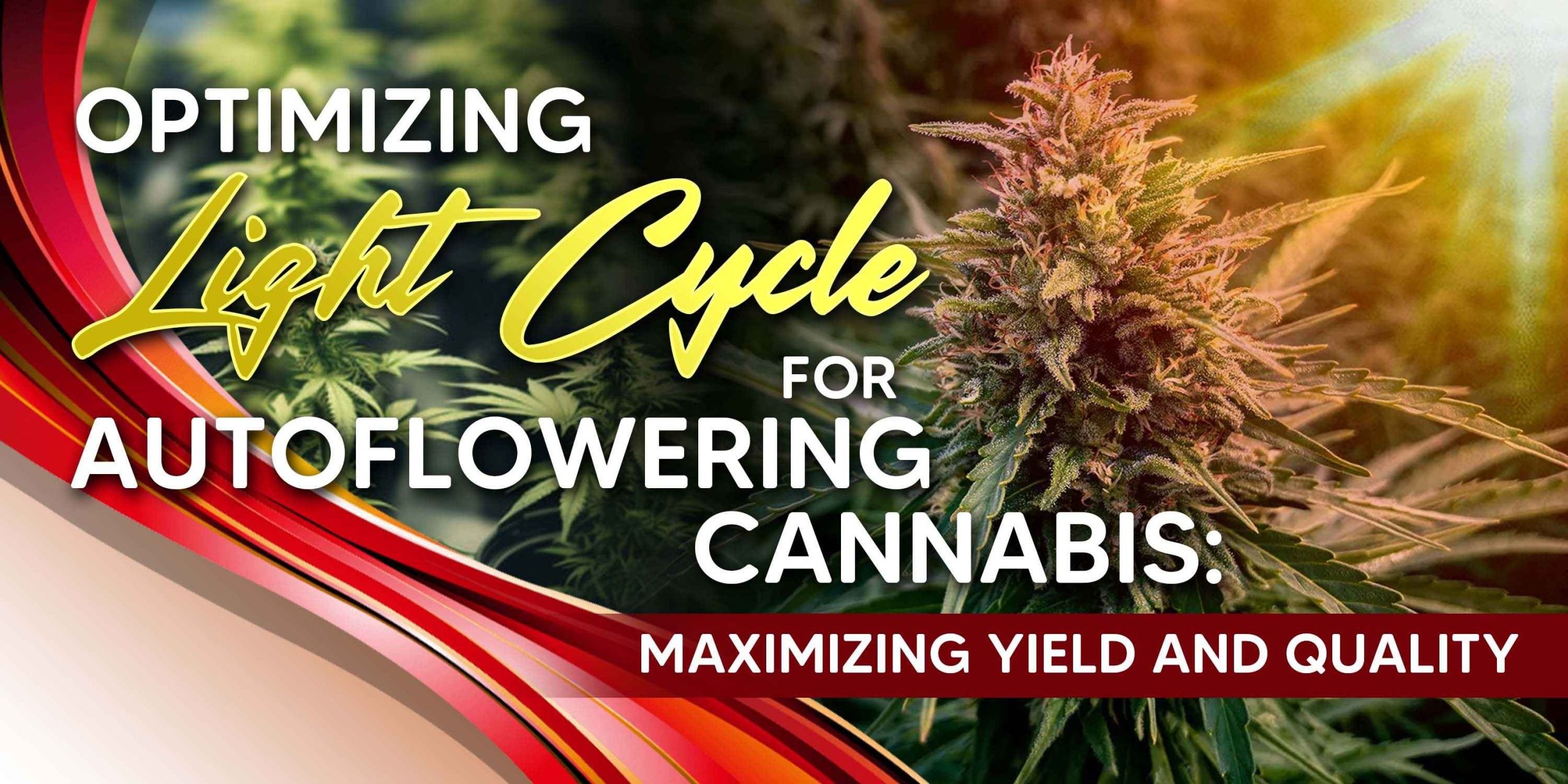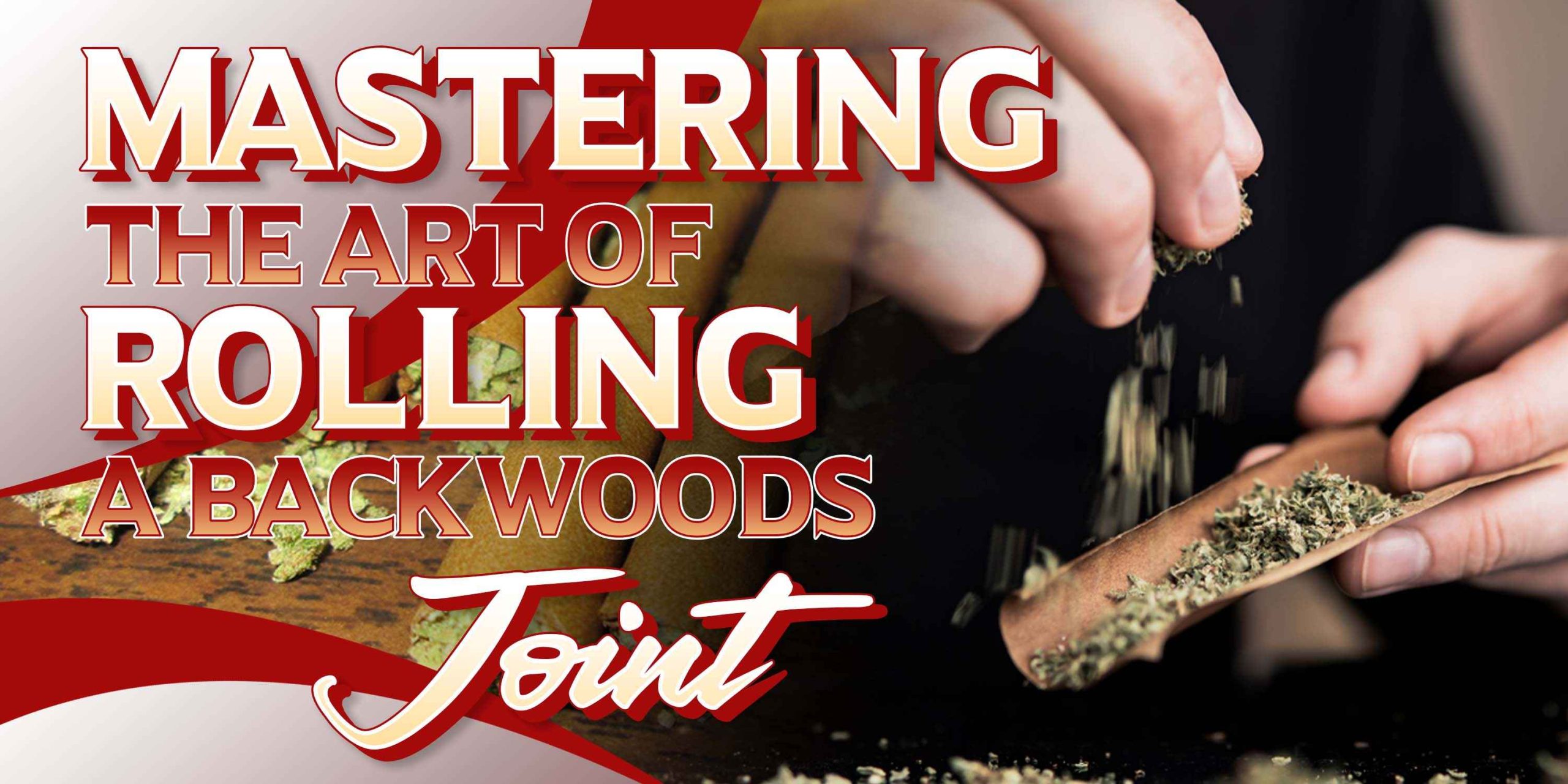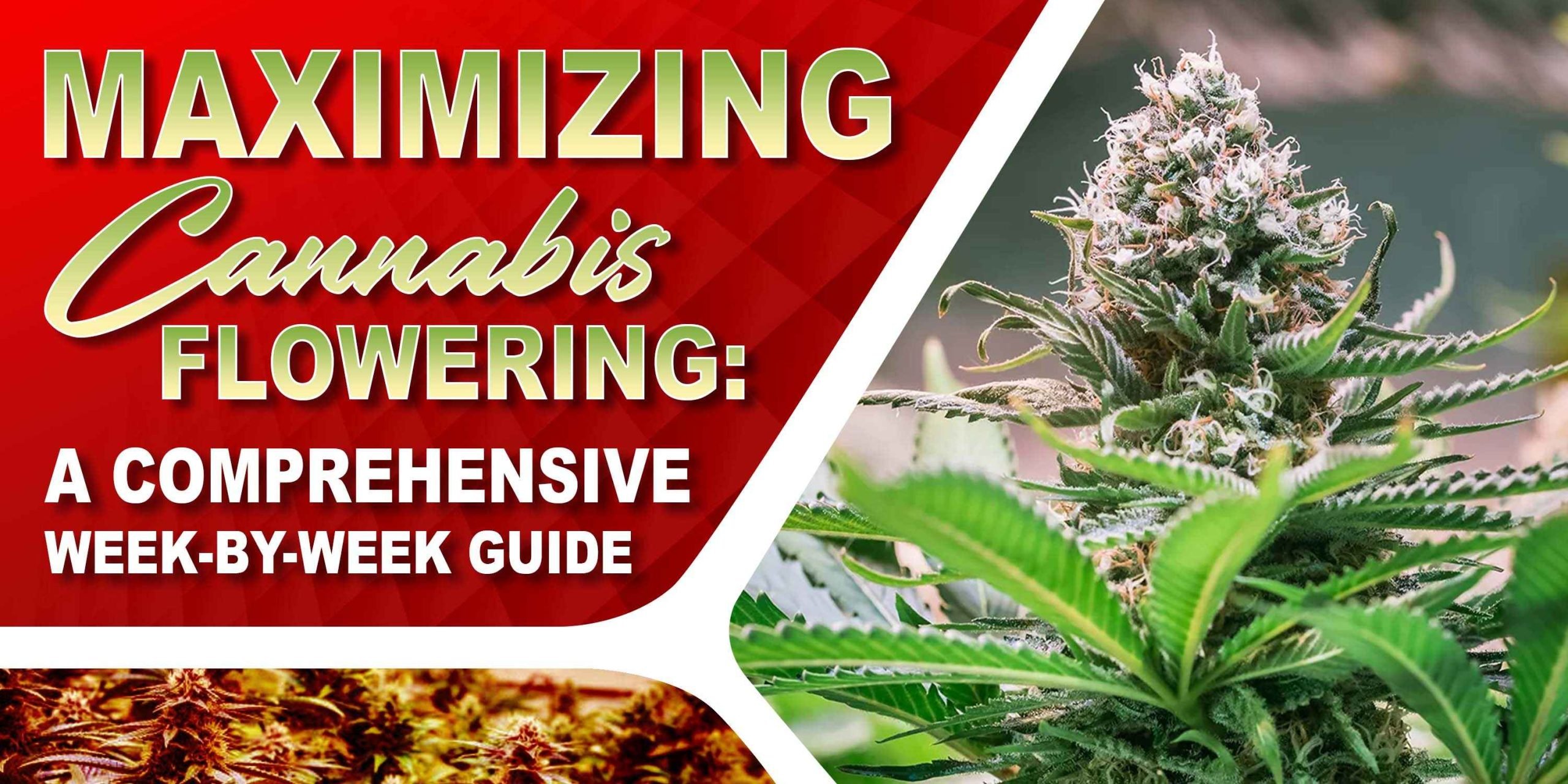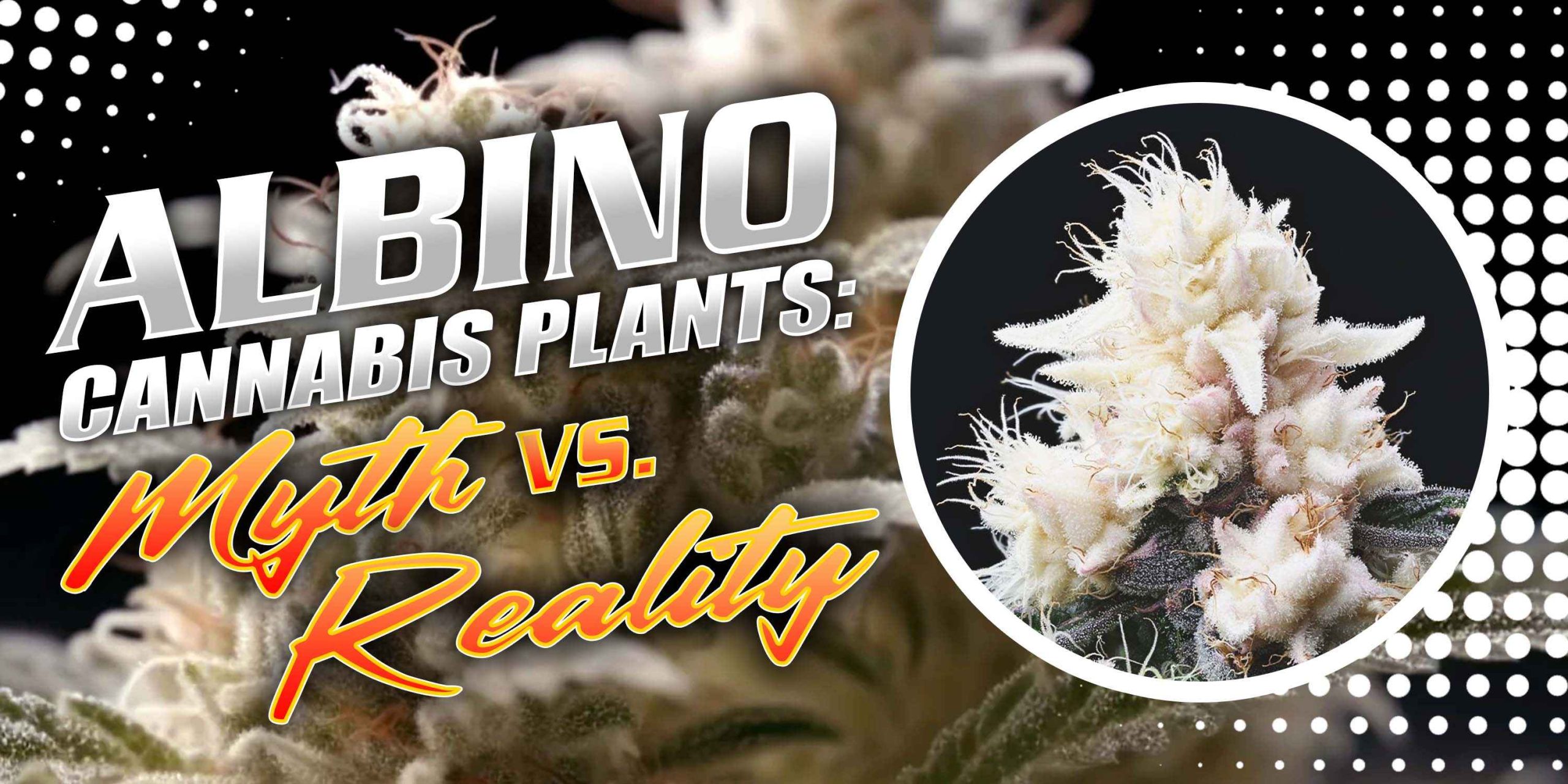Cannabis extractions methods are utilized to divide the elements of cannabis and pull them off from the herb matrix. Several techniques can split marijuana plant material into chunks, which comprise dissimilar chemicals. With marijuana, extraction methods are sometimes utilized to identify particular advantageous compounds and marijuana comprise not less than 113 cannabinoids, which includes cannabidiol (CBD) and tetrahydrocannabinol (THC). However, a manufacturer might look for to make one extract that has several advantageous marijuana compounds; oftentimes-named complete herb extracts. Inclusive of the popular cannabinoids, scientists have figured out 550 chemicals in marijuana as a whole, which includes elements such as terpenes. Extraction methods are as well utilized to condense chemicals of fascination.
With that, this post will go over to the popular techniques of cannabis extractions. But before talking about these techniques, you must bear in mind that this method is chemistry and not cooking. As such, some expertise in systematic techniques as well as real laboratory tools are needed to do these techniques accurately and safely.
1. Alcohol Cannabis Extraction
A lot of natural types of cannabis extraction depend on solvent like alcohol. In summary, the marijuana immerses in alcohol, generally, ethanol, the herb equipment is then pulled off, the liquid strained, and the alcohol is pulled off through the different types of evaporation. One of the most challenging is the innate difference of solvents such as ethanol. With that, it tends to blend with water and melt molecules such as chlorophyll. Pull off the chlorophyll in the distillation is necessary since it manufactures an unpleasant and bitter taste.
Additionally, this technique can be done at atmospheric coercion; however, the temperature must be cautiously regulated, particularly at the time of evaporation. This procedure can as well need time and should be completed cautiously to keep from harm since ethanol is extremely flammable. One of the largest advantages in this type of cannabis extraction is that there is no harm of deserting poisonous unused chemicals at the end of marijuana decoction and it allows the co-extraction when it comes to the entire compounds of fascination, mainly cannabinoids, and terpenoids.
2. Carbon Dioxide (CO2) Extraction
Utilizing a substance or blend for utilization in chemical analysis or other reactions of any type can put on the expense and making things neat, so several methods must be taken into consideration and one of which is carbon dioxide (CO2) extraction. As an alternative to utilizing alcohol, this technique pulls off cannabis elements from the herb matrix together with CO2. However, in this method, intense pressure and hotness are utilized to change the carbon dioxide supercritical, which implies that it is at the same time similar to liquid and gas.
The apparatus cost on this technique is sequences of immensity, which is larger than compared to alcohol extraction. However, it manufactures bigger yields and less precious equipment is gone. Additionally, this technique may be adapted to distillation particular compounds through altering the temperature, compression, and runtime or more probably a mixture of them. Furthermore, single research discovered that dissimilar compounds achieved concentration at dissimilar levels but in similar procedures. As such, the distillation must be examined, particularly where the relative amounts of particular compounds are strongly intended.
Through the cannabis elements that are taken out, the supercritical carbon dioxide traverses to a capacitor and changes to liquid, which can be strained and utilized again. As a result, only a small reagent is utilized, which makes this cannabis extraction technique inexpensive to operate and lessens the necessity to cast out waste. Additionally, when any carbon dioxide is a distillation after the procedure, it only evaporates. That is particularly necessary to any mixtures for therapeutic utilization because the manufacturer utilizing this technique can assure that completely no remaining solvent will exist in the by-product.
3. Cannabis Extraction Through Butane
Utilizing butane as the removal solvent makes the so-called butane hash oil. To create this, the procedure begins with marijuana and fluid butane through a coerced and warmed up the system. By utilizing evaporation through a vacuum, it’s then feasible to pull off the butane solvent. The vacuum alters the butane from fluid to a vapor, which makes it simpler to pull off.
Additionally, this type of cannabis extraction is also called shatter, which is an obvious tool that usually comprises of tetrahydrocannabinol, cannabidiol, and other chemical elements like terpenes. To create shatter that is a difficult edition of butane hash oil, the proportion of terpene should be maintained low, or else it will act similarly to a solvent, which creates the distillation soft. The correct beginning specimen can assist to lessen the terpenes that exist at the end product like by beginning with rectified flowers. However, the butane hash lubrication may be warmed to pull off terpenes after removal since they are more vaporous compared to cannabinoids such as tetrahydrocannabinol and cannabidiol.
Though there are no added ways, this technique comprises some possible dangers. Initially, butane chars easily during its gas stage. With that, temperature utilized should be handled cautiously or else there will be a significant possibility of gas blow up. Moreover, a structure must comprise circulators, which pull off and reprocess the butane. The pull-off procedure must lessen any remained butane in a distillation. Generally, an analytical examination must be completed to assure butane’s pulling off since it is extremely poisonous to people.
That risk can create this cannabis extraction technique a less advisable alternative, particularly for therapeutic commodities. Furthering analytical examination and stricter rules on adequate remaining butane can restrict this technique for several uses – unless the consumer has exceptional safeguards to restrict any remaining butane in the commodity and utilizes third-party analytical examination to affirm the well-being of the distillation.
However, butane removal has been a well-known technique for distillation manufacturers and devotee for many years, hugely because of the comparatively low material and operation expense. And, the truth that it manufactures tasteful decoctions that has a bigger terpene element compared to the one that can be attained by carbon dioxide.
4. Cannabis Extraction via Solvent-free
It is good to name that a lot of fundamental methods also appear for making ready cannabis and pulling out advantageous elements from the herb matrix. Kief, for instance, can be unconnected from marijuana shoots solely through crushing and filtering. These crystalline configurations comprise part of systems called trichomes that are seen in several herbs like cannabis. Marijuana trichomes are mainly caring systems manufactures by feminized herbs if flowering. Their high bitter flavor and robust scent provide the herbs unappetizing feelings. Also, they are thought to impede some fungal development. As such, kief gazes similar to dust or pollen if it is set apart from marijuana inflorescence. And because cannabinoids and terpenoid manufacture are specifically strenuous in trichomes, this dust may be put on to marijuana preparations to increase power.
Customary hash or hashish is another instance of solventless cannabis extraction and is considered as a more fundamental cannabis removal. Also, the notion is to set apart the trichomes from the herb material since they include the largest concentration of advantageous elements. Two primary techniques exist in making hash; one necessitates removing frozen marijuana shoots and splitting them into smaller sections above a screen. In the procedure, trichomes are set apart from the herb and drop via a strainer then pushed down to blocks. The other main technique of solventless hash removal requires utilizing ice water to set apart the trichomes from the shoot. After parching, they can be pushed down to a hash chunk.
Rosin has as well become well known for several years. Manufactured from florets, hash, or kief, rosin is a semitransparent material usually with gusto-like stability. Putting hotness and pressure on the substance you want to remove from and upshots in the commodity that is alike to the time-consuming, costly, and solvent-constructed butane removal create it. The analytical examination has shown that this easy method successfully entices cannabinoids and terpenes that have no harm of deserting behind poisonous remaining solvents similar to butane. The ease of this method is doubtless since aficionados can manufacture extremely powerful rosin removal through a hair straightener, some cooking parchment, a heap of equipment, and some gloves that can resist great heat.
Cannabis Extractions: The Final Notions
With the details presented above, it can be said that there are different methods in cannabis extractions wherein each of them provides dissimilar deliverability but they affect the outcome of the distillation. Also, in doing the methods, it is best to have a variation of cannabis commodities so that you can select based on your predilections. Besides, with the capability to choose for particular amalgamations of familiar medical or recreational merit, in particular concentrations, it is thought that oil commodities will be the fate of marijuana.





